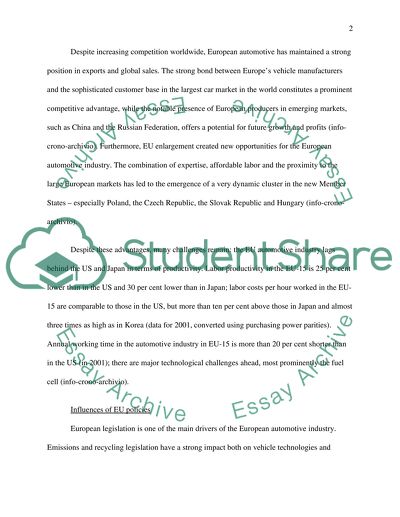Cite this document
(“How EU policy affects the European Automotive Industry Essay”, n.d.)
How EU policy affects the European Automotive Industry Essay. Retrieved from https://studentshare.org/law/1527416-how-eu-policy-affects-the-european-automotive-industry
How EU policy affects the European Automotive Industry Essay. Retrieved from https://studentshare.org/law/1527416-how-eu-policy-affects-the-european-automotive-industry
(How EU Policy Affects the European Automotive Industry Essay)
How EU Policy Affects the European Automotive Industry Essay. https://studentshare.org/law/1527416-how-eu-policy-affects-the-european-automotive-industry.
How EU Policy Affects the European Automotive Industry Essay. https://studentshare.org/law/1527416-how-eu-policy-affects-the-european-automotive-industry.
“How EU Policy Affects the European Automotive Industry Essay”, n.d. https://studentshare.org/law/1527416-how-eu-policy-affects-the-european-automotive-industry.


